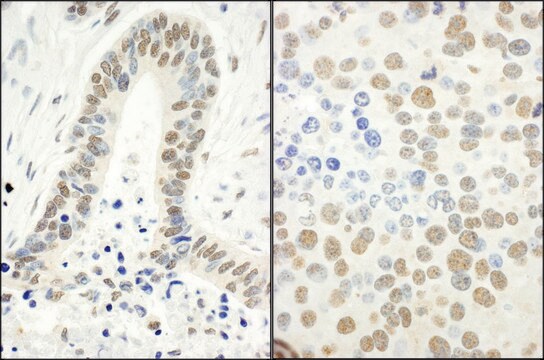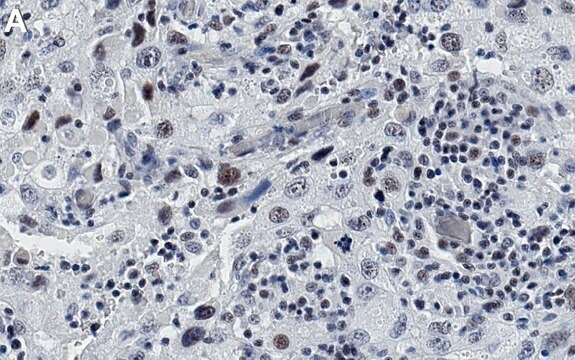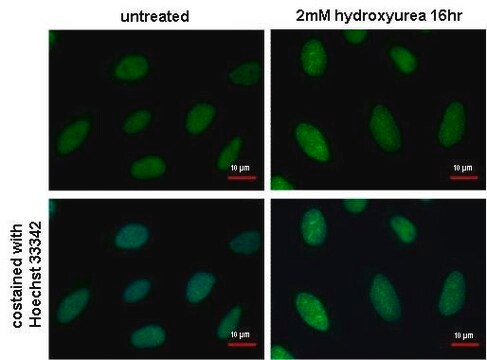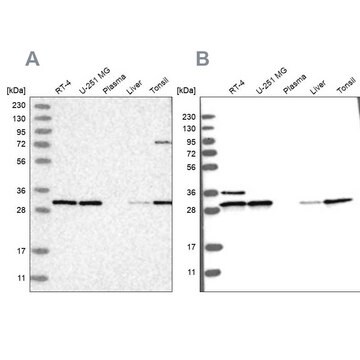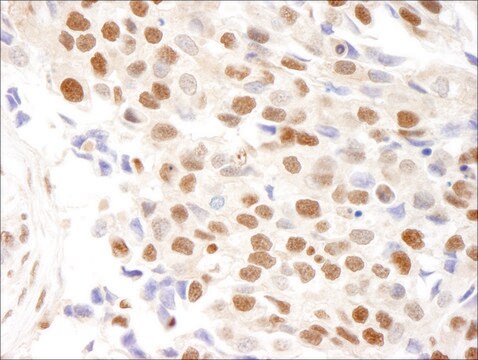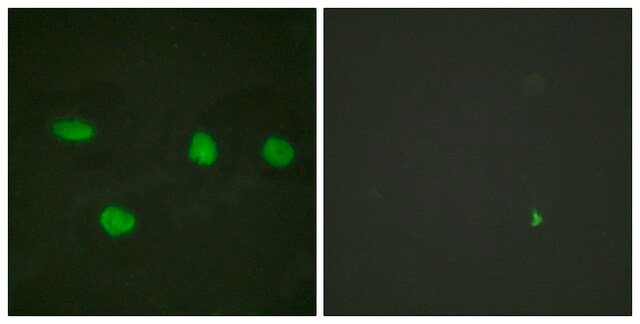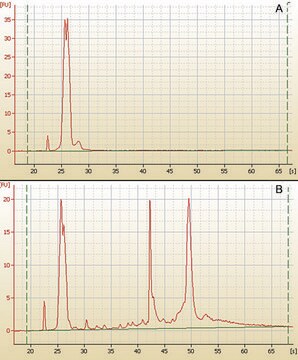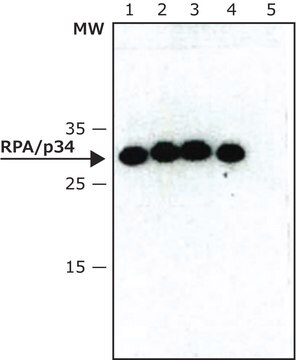PLA0310
Rabbit anti-Phospho RPA32 (S33) Antibody, Affinity Purified
Synonym(e):
32kDa, REPA2, RF-A protein 2, RP-A p32, RP-A p34, RPA32, replication factor A protein 2, replication protein A 34 kDa subunit, replication protein A2, replication protein A2 (32kD)
About This Item
Empfohlene Produkte
Biologische Quelle
rabbit
Qualitätsniveau
Antikörperform
affinity purified immunoglobulin
Antikörper-Produkttyp
primary antibodies
Speziesreaktivität
human
Methode(n)
western blot: 1:1,000-1:5,000
Hinterlegungsnummer
NP_002937.1
Versandbedingung
wet ice
Lagertemp.
2-8°C
Posttranslationale Modifikation Target
phosphorylation (pSer33)
Angaben zum Gen
human ... RPA2(6118)
Allgemeine Beschreibung
Immunogen
Biochem./physiol. Wirkung
Physikalische Form
Sonstige Hinweise
Haftungsausschluss
Sie haben nicht das passende Produkt gefunden?
Probieren Sie unser Produkt-Auswahlhilfe. aus.
Lagerklassenschlüssel
12 - Non Combustible Liquids
WGK
nwg
Flammpunkt (°F)
Not applicable
Flammpunkt (°C)
Not applicable
Hier finden Sie alle aktuellen Versionen:
Analysenzertifikate (COA)
Die passende Version wird nicht angezeigt?
Wenn Sie eine bestimmte Version benötigen, können Sie anhand der Lot- oder Chargennummer nach einem spezifischen Zertifikat suchen.
Besitzen Sie dieses Produkt bereits?
In der Dokumentenbibliothek finden Sie die Dokumentation zu den Produkten, die Sie kürzlich erworben haben.
Unser Team von Wissenschaftlern verfügt über Erfahrung in allen Forschungsbereichen einschließlich Life Science, Materialwissenschaften, chemischer Synthese, Chromatographie, Analytik und vielen mehr..
Setzen Sie sich mit dem technischen Dienst in Verbindung.